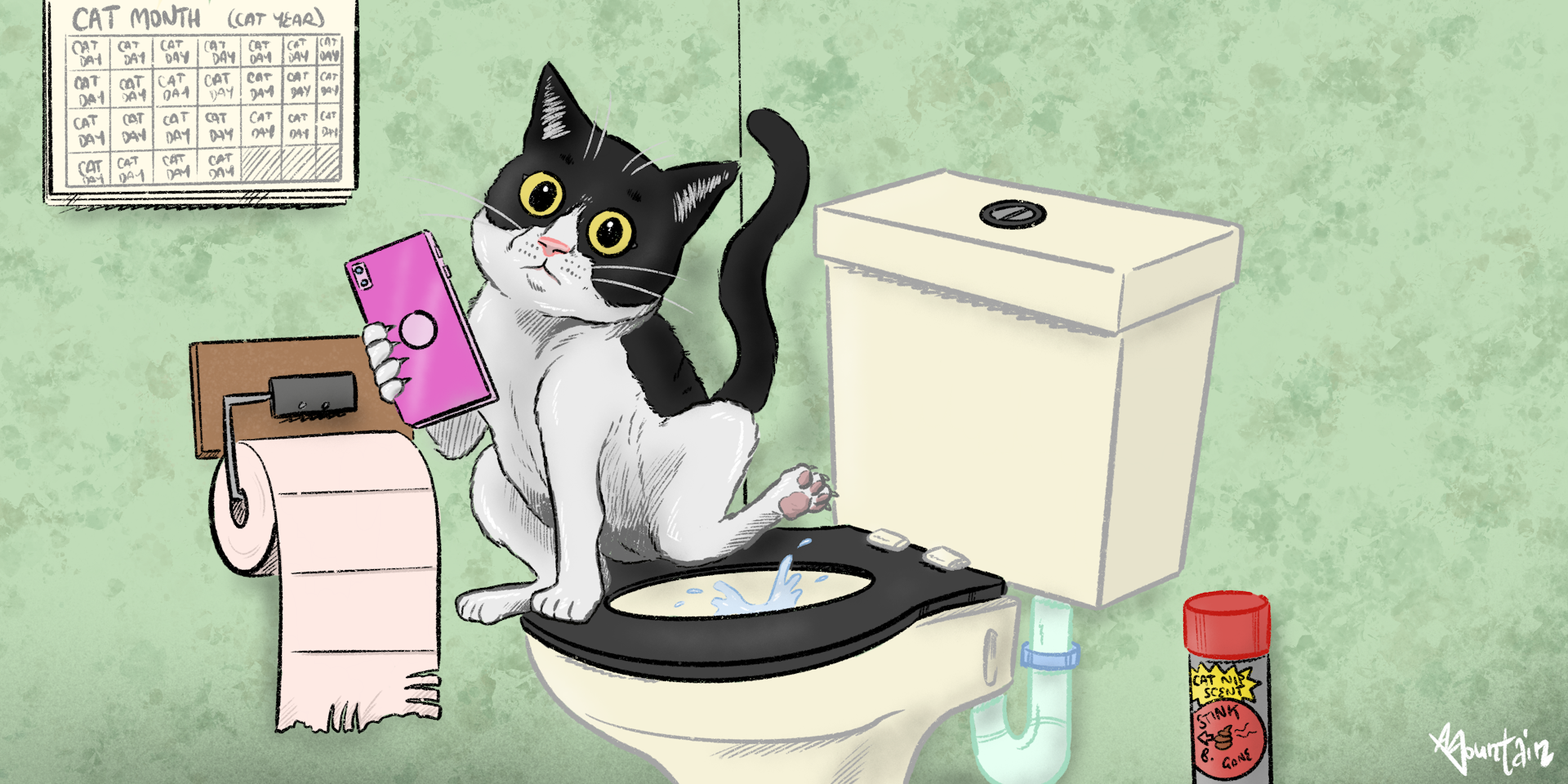This post following next on the subject of How to Dispose of Cat Poop and Litter Without Plastic Bags is exceptionally insightful. Check it out yourself and figure out what you think about it.

Intro
As pet cat proprietors, it's necessary to be mindful of how we take care of our feline buddies' waste. While it might seem hassle-free to purge feline poop down the commode, this technique can have destructive effects for both the environment and human wellness.
Alternatives to Flushing
The good news is, there are much safer and extra liable methods to take care of pet cat poop. Consider the complying with options:
1. Scoop and Dispose in Trash
One of the most common method of throwing away pet cat poop is to scoop it right into a biodegradable bag and throw it in the garbage. Make sure to make use of a dedicated clutter scoop and get rid of the waste quickly.
2. Use Biodegradable Litter
Go with eco-friendly pet cat trash made from products such as corn or wheat. These trashes are environmentally friendly and can be securely thrown away in the trash.
3. Hide in the Yard
If you have a backyard, think about hiding feline waste in a designated area far from veggie yards and water resources. Be sure to dig deep enough to avoid contamination of groundwater.
4. Mount a Pet Waste Disposal System
Invest in a pet waste disposal system especially made for cat waste. These systems make use of enzymes to break down the waste, minimizing odor and environmental impact.
Wellness Risks
In addition to ecological issues, flushing pet cat waste can additionally posture health and wellness threats to humans. Cat feces might contain Toxoplasma gondii, a parasite that can cause toxoplasmosis-- a potentially serious ailment, specifically for pregnant ladies and individuals with weakened body immune systems.
Environmental Impact
Flushing pet cat poop introduces unsafe pathogens and bloodsuckers right into the water system, posing a significant danger to water environments. These impurities can negatively affect marine life and concession water high quality.
Final thought
Responsible family pet possession prolongs past offering food and shelter-- it additionally includes proper waste monitoring. By avoiding purging feline poop down the toilet and choosing alternate disposal methods, we can reduce our ecological impact and protect human wellness.
Why Can’t I Flush Cat Poop?
It Spreads a Parasite
Cats are frequently infected with a parasite called toxoplasma gondii. The parasite causes an infection called toxoplasmosis. It is usually harmless to cats. The parasite only uses cat poop as a host for its eggs. Otherwise, the cat’s immune system usually keeps the infection at low enough levels to maintain its own health. But it does not stop the develop of eggs. These eggs are tiny and surprisingly tough. They may survive for a year before they begin to grow. But that’s the problem.
Our wastewater system is not designed to deal with toxoplasmosis eggs. Instead, most eggs will flush from your toilet into sewers and wastewater management plants. After the sewage is treated for many other harmful things in it, it is typically released into local rivers, lakes, or oceans. Here, the toxoplasmosis eggs can find new hosts, including starfish, crabs, otters, and many other wildlife. For many, this is a significant risk to their health. Toxoplasmosis can also end up infecting water sources that are important for agriculture, which means our deer, pigs, and sheep can get infected too.
Is There Risk to Humans?
There can be a risk to human life from flushing cat poop down the toilet. If you do so, the parasites from your cat’s poop can end up in shellfish, game animals, or livestock. If this meat is then served raw or undercooked, the people who eat it can get sick.
In fact, according to the CDC, 40 million people in the United States are infected with toxoplasma gondii. They get it from exposure to infected seafood, or from some kind of cat poop contamination, like drinking from a stream that is contaminated or touching anything that has come into contact with cat poop. That includes just cleaning a cat litter box.
Most people who get infected with these parasites will not develop any symptoms. However, for pregnant women or for those with compromised immune systems, the parasite can cause severe health problems.
How to Handle Cat Poop
The best way to handle cat poop is actually to clean the box more often. The eggs that the parasite sheds will not become active until one to five days after the cat poops. That means that if you clean daily, you’re much less likely to come into direct contact with infectious eggs.
That said, always dispose of cat poop in the garbage and not down the toilet. Wash your hands before and after you clean the litter box, and bring the bag of poop right outside to your garbage bins.
https://trenchlesssolutionsusa.com/why-cant-i-flush-cat-poop/

Do you really like reading about Don’t flush cat feces down the toilet? Create feedback down below. We'd be delighted to find out your thoughts about this entry. In hopes that you visit us again in the near future. If you please take the time to share this content if you appreciated it. Thanks so much for going through it.
Book With Us Today!